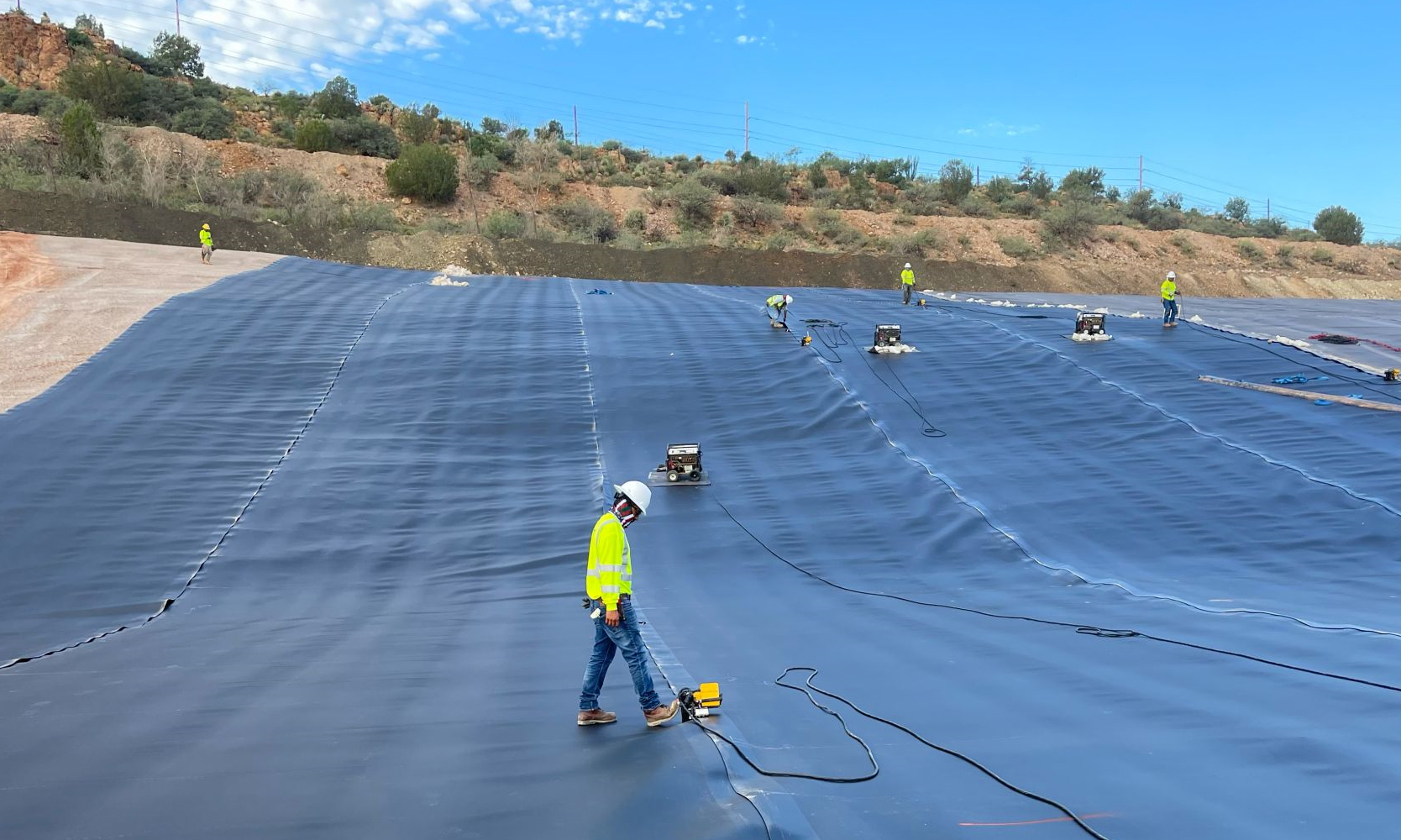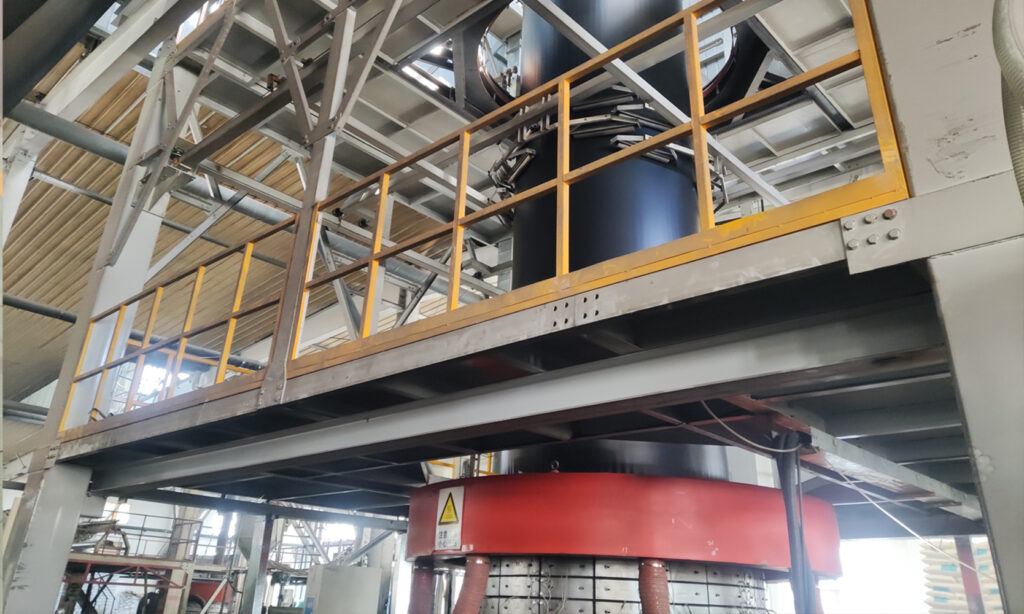
19 Aug Revolutionizing Environmental Protection with HDPE Geomembrane
AAs our world continues to develop and urbanize at a rapid pace, the importance of environmental protection cannot be overstated. One groundbreaking solution that has emerged in this field is the use of High-Density Polyethylene (HDPE) geomembrane. This versatile material is gaining recognition for its unique properties and its vital role in preserving the environment across a range of industries.
Understanding HDPE Geomembrane
HDPE geomembrane is a synthetic material made from a thermoplastic polymer derived from petroleum. It is highly valued for its remarkable resistance to chemicals, flexibility, and strength, making it a preferred choice for creating barriers that prevent contamination of soil, water, and air.
Essential Applications for Environmental Safeguarding
1. Landfill Containment Systems
Landfills present a significant risk to the environment due to the potential for toxic substances to leak into surrounding ecosystems. HDPE geomembranes are used as liners to form an impermeable barrier that contains harmful leachate—a liquid that forms as waste decomposes. They are also employed as capping materials, which cover the landfill’s surface, thereby preventing water infiltration and minimizing the release of hazardous gases.
2. Mining Industry Solutions
Mining operations generate substantial waste, often containing dangerous chemicals and metals. HDPE geomembranes are essential in lining tailings dams and heap leach pads, effectively preventing these pollutants from seeping into the environment. Their resistance to extreme chemical exposure makes them ideal for use in harsh mining conditions.
3. Water Conservation and Management
In regions where water conservation is critical, HDPE geomembranes are used to line reservoirs, canals, and ponds, preventing water loss due to seepage. These membranes also play a crucial role in the construction of artificial lakes and urban ponds, ensuring these water bodies remain stable without damaging nearby ecosystems.
4. Wastewater Containment
In wastewater treatment plants, HDPE geomembranes are crucial for containing sludge and other contaminants, ensuring that these substances do not leak into the environment. The material’s resilience against a broad spectrum of chemicals makes it indispensable for these applications.
5. Agricultural Applications
HDPE geomembranes are increasingly used in agriculture to line irrigation canals, storage ponds, and containment pits, preventing water loss and protecting soil from potential contamination by agricultural runoff. They are also used in biogas plants to contain organic waste, promoting renewable energy production while safeguarding the environment.
Advantages of HDPE Geomembrane
The growing use of HDPE geomembranes in environmental protection can be attributed to several key benefits:
- Longevity: These membranes are highly resistant to punctures, tears, and UV damage, providing long-term environmental protection.
- Chemical Durability: HDPE geomembranes can withstand exposure to a wide range of chemicals, making them suitable for various industrial and environmental uses.
- Adaptability: Despite their strength, these membranes are flexible enough to be applied across different terrains and structural conditions.
- Economic Efficiency: HDPE geomembranes offer a cost-effective solution due to their durability and low maintenance requirements.
Advancements in Application
The innovation surrounding HDPE geomembranes extends beyond the material itself to include the methods used for its application. Advanced welding techniques ensure that the seams between sheets of geomembrane are nearly impervious, significantly boosting their effectiveness.
Moreover, combining HDPE geomembranes with other geosynthetic materials like geotextiles and geogrids has led to the development of composite liners. These advanced systems provide enhanced strength, stability, and impermeability, offering even greater environmental protection.
Conclusion
As the world faces increasing environmental challenges, the use of advanced materials like HDPE geomembranes becomes ever more critical. Their application across various sectors not only mitigates environmental hazards but also supports sustainable practices. With ongoing innovation in material science and application techniques, HDPE geomembranes are set to play an even greater role in securing a cleaner, more sustainable future for our planet.




Sorry, the comment form is closed at this time.